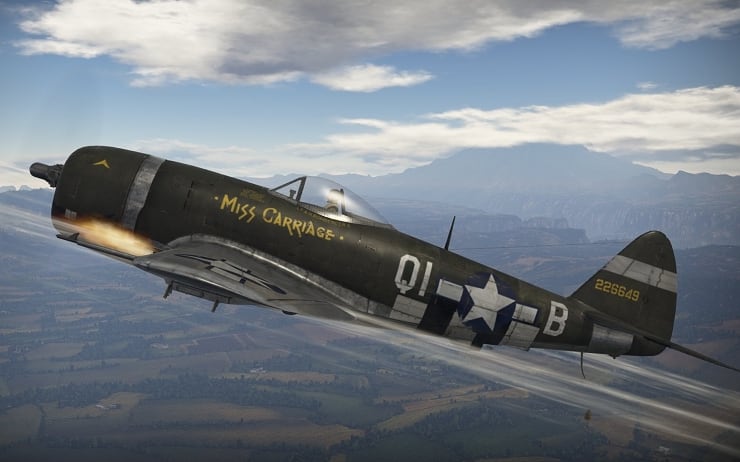Thirty years ago I was digging up a war plane near Mariánské Lázně. The aim was to find out what kind of machine it was and who was its pilot. We succeeded.
Near Mariánské Lázně there is the Skláře airfield (formerly Flaschenhütte), which served the Luftwaffe flight school during the war. The Germans produced various military listening and signalling devices there and later also radars. Therefore, the place did not escape several attacks by the notorious boilermakers. During one such raid, a mysterious machine was shot down by anti-aircraft fire on April 16, 1945.
A memorialist and friend, Mr. Beran, who directed me to the approximate site of the crash in 1990, even said that there were two tails peeking out of the ground when he took part in the removal of the larger pieces of the plane as part of an Iron Sunday. Such as the Lockheed P-38 Lightning. We found the exact location with the help of a military mortar brought by a friend, Karel Majer, who was serving in the paratroopers. We started digging. But we found parts of the radial engine, which ruled out the Lightning. An aircraft of similar design with Northrop P-61 Black Widow radial engines flew only in a few examples in Europe. And that would have been extremely rare.
Residents of the area told me of a German who lived in the Michaels Mountains in his father's former paper mill. I visited Mr. Altmann, but he was not very helpful. I felt distrust and fear from him. A few days later I received a message from him. I visited him several times. The now-deceased survivor and former Wehrmacht soldier had a great need to tell someone...
"On the 16th of April 1945 I was serving with an anti-aircraft machine gun on a hill near Holubin. From the top you can see the airfield as if it were in the palm of your hand. We received a message that enemy planes were approaching. Within minutes, several Thunderbolts appeared low overhead. You could literally touch them. The planes dropped their auxiliary tanks and launched an attack. We immediately opened fire after they passed and hit two of them from behind. One started to climb. The pilot was trying to gain altitude to parachute out. The Thunderbolt then spun around and flew burning for several more kilometres towards Michael's Mountains, where it hit the ground. The other planes continued their attack. Several of our machines were hit on the tarmac. Subsequent explosions devastated the halls and hangars. We received reports that the pilot was captured on the spot and taken to Marienbad."
Tracking down the specific type of aircraft and the name of the pilot was no longer easy. It was a Republic P-47D Thunderbolt 367. Fighter Group number 42-26649 piloted by 2nd/Lt. James B. Cutler.
The wreckage still lies on a hillside in the woods near a creek near the village of Michal's Mountain. Their quantity, scatter and size testify to the hard impact of the downed aircraft. We found pieces of the engine, sheet metal, parts of Browning machine guns, a large number of 12.7 mm cartridges and bullets, and several parts of the cockpit. The most valuable find was the torso of Pilot Cutler's pocket watch.
I became interested in the Thunderbolt again years later. And after a huge surprise! Before Cutler, Amos Hess Bomberger flew the machine. I heard from the editorial staff of the American magazine Plane & Pilot that Bomberger was still alive! They called to tell him we had found and dug up his former Thunderbolt. He was very happy! This year, the centenarian war veteran told the editors for 38 long minutes about his experiences with his "Miss Carriage". The same fuselage designation, QI-B, was later borne by his North American P-51-D Mustang, which he fought on until the end of the war. After the war, he flew more than 30 different types of aircraft, all the way up to the Boeing B-52 Stratofortress strategic bomber. He even owned his own private Mustang until 1998. With the QI-B designation, of course.
I always like to go back to the crash site. I took some of the wreckage to North Dakota, where it's on display at the Mott Museum.
Peter Pravoslav Švihovec
 Amos Hess Bomberger in his Thunderbolt, photo: American Air Museum in Britain
Amos Hess Bomberger in his Thunderbolt, photo: American Air Museum in BritainAmos Hess Bomberger, photo: The Gainesville Times
Watch
The site of the plane's impact



































